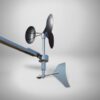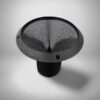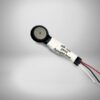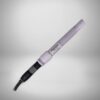Wind shear is a weather phenomenon that occurs when there is a sudden change in wind speed and direction over a short distance. It can be caused by various factors such as topography and temperature differences.
Wind shear poses a significant risk to aviation safety, especially during takeoff and landing, as it can cause sudden and unpredictable changes in aircraft altitude and airspeed.
The intensity of wind shear is measured by the magnitude of the change in wind speed and direction over a given distance.
Weather stations are essential tools for monitoring wind shear as they provide critical data on atmospheric conditions such as wind speed and direction, which are necessary for predicting the occurrence and intensity of wind shear.
The main components of weather monitoring systems used in wind shear monitoring are anemometers and wind vane sensors for measuring wind speed and direction, thermometers for measuring atmospheric temperature, barometers for measuring atmospheric pressure, and rain gauges for measuring liquid precipitation.






